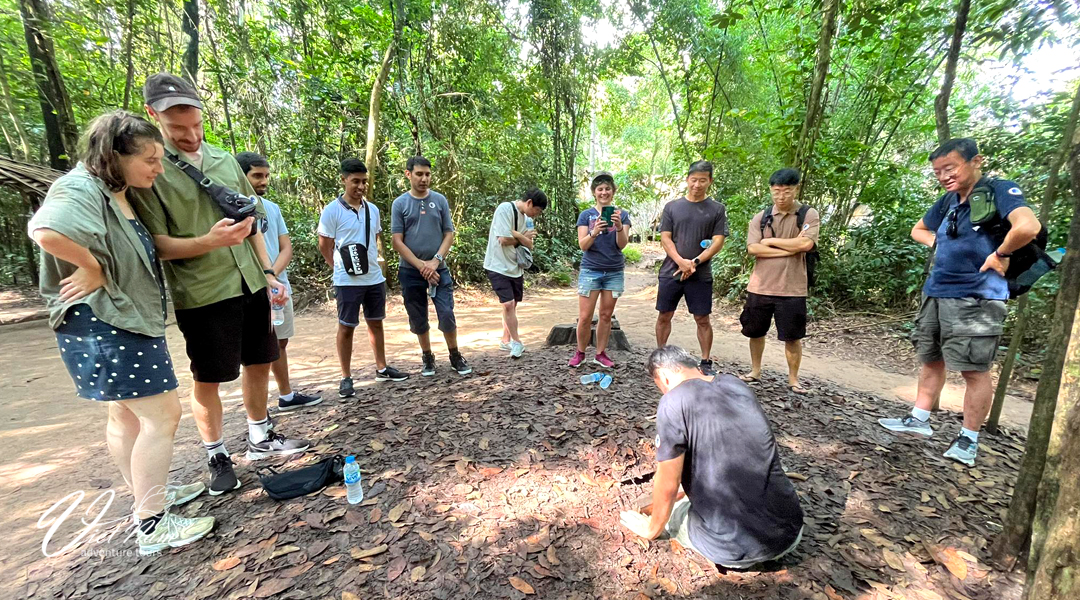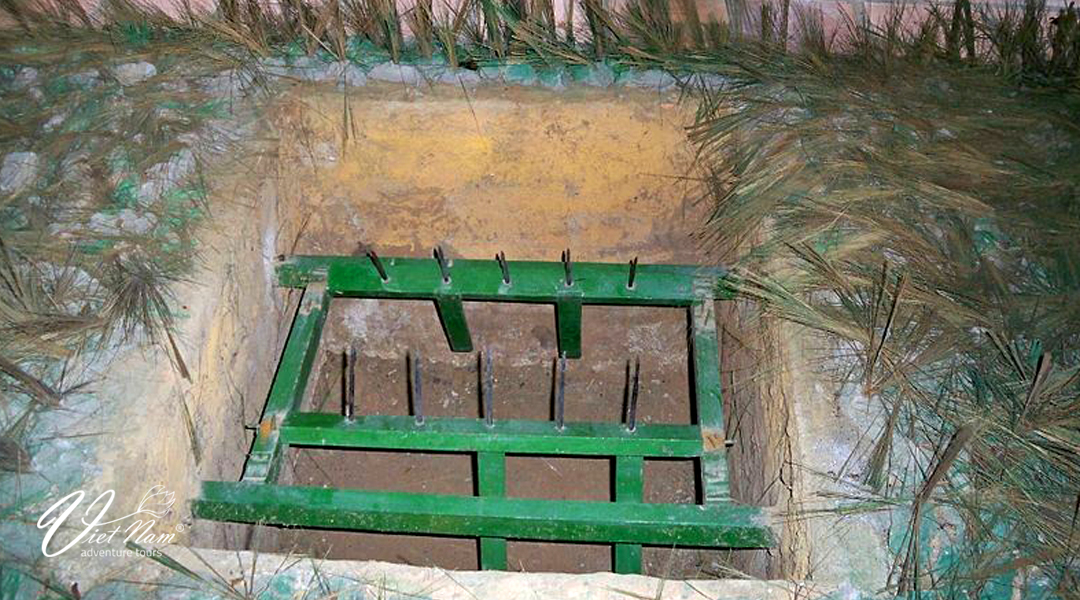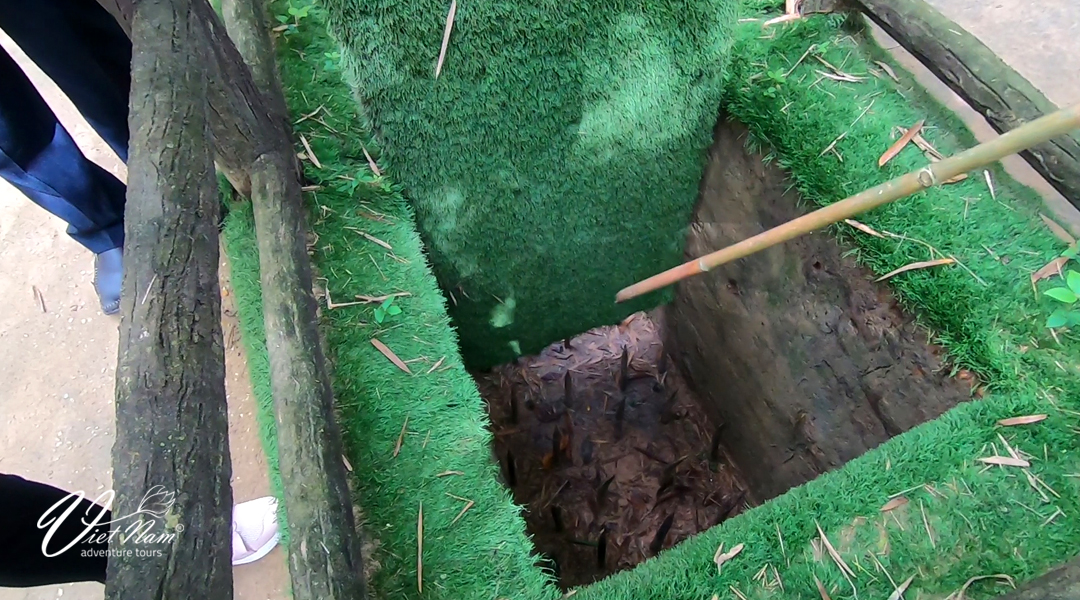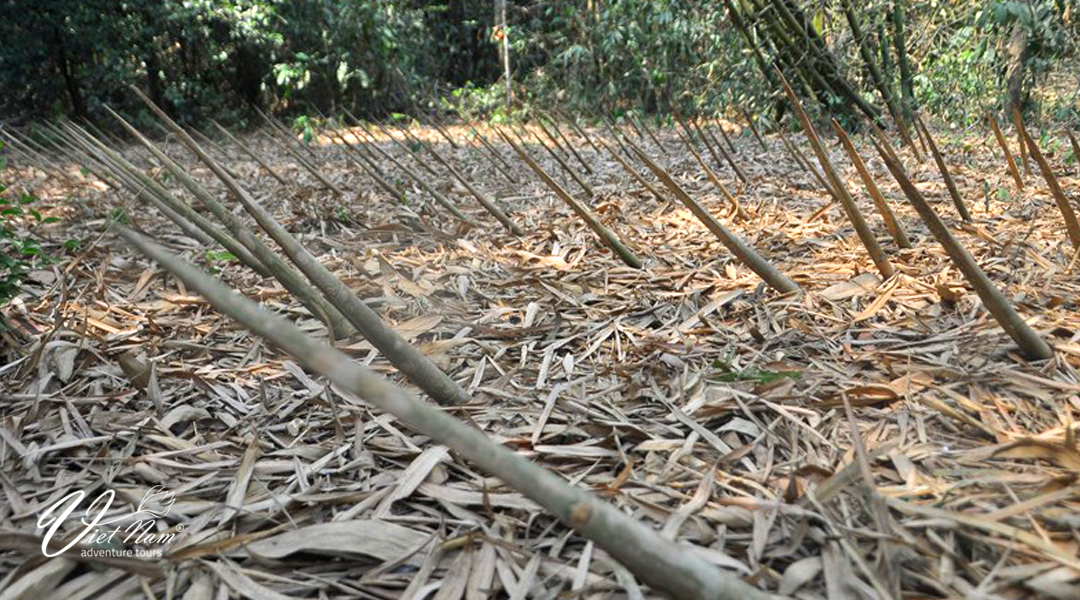Cu Chi Tunnels traps are a captivating aspect of Vietnam’s history and warfare. These underground mazes played a pivotal role during the Vietnam War, serving as a strategic hideout for the Viet Cong. In this article, we will delve deep into the intricate network of Cu Chi Tunnels, uncovering their historical significance, ingenious construction, and frequently asked questions.
Cu Chi Tunnels Traps: An Overview
Cu Chi Tunnels were more than just hiding spots; they were an ingenious warfare strategy. The tunnels served as a shelter, communication route, storage space, and, of course, a deadly trap for the unsuspecting enemy.
A Network of Secrets
The Cu Chi Tunnels were no ordinary underground passageways, they formed an extensive network, covering approximately 250 kilometers. These tunnels spread across the Cu Chi district of Ho Chi Minh City, offering a hidden world below the surface.

The Ingenious Construction
The construction of the Cu Chi Tunnels was a remarkable feat. Crafted by hand, they were designed to be narrow, making it difficult for larger soldiers to navigate them. This played a crucial role in trapping enemy soldiers who dared to enter.
History Unveiled
To truly appreciate the significance of Cu Chi Tunnels traps, we must explore their history.

The Vietnam War Connection
During the Vietnam War, the Cu Chi Tunnels were at the heart of the conflict. They served as the base of operations for the Viet Cong, providing a safe haven from American and South Vietnamese forces.
Ingenious Booby Traps
Booby traps were a deadly component of the Cu Chi Tunnels. Exploring these traps is crucial to understanding their role in this subterranean warfare.
The Intricate Traps
One cannot discuss Cu Chi Tunnels without delving into the intricate traps that protected them.

Pitfall Traps
Pitfall traps were one of the most notorious traps used in the tunnels. These concealed pits would collapse under the weight of an unsuspecting soldier, leading to capture or injury.
Spiked Punji Sticks
Another sinister trap employed was the spiked Punji sticks. Hidden beneath trapdoors, these sharp stakes would impale intruders.

Hidden Snare Traps
These devious traps were designed to ensnare enemy soldiers, leading to capture or injury.
What is the historical significance of the Cu Chi Tunnels today?
The Cu Chi Tunnels stand as a symbol of resilience and resourcefulness. They remind us of the extraordinary lengths people will go to in times of conflict and the indomitable spirit of the Vietnamese people.

Conclusion
In conclusion, Cu Chi Tunnels traps are a remarkable piece of history that offer insights into the incredible determination and ingenuity of the Viet Cong. These tunnels and their intricate traps played a crucial role in the Vietnam War and continue to captivate visitors from around the world. Exploring the history, design, and impact of these traps sheds light on a dark chapter of history.

 Ms.Katie
Ms.Katie